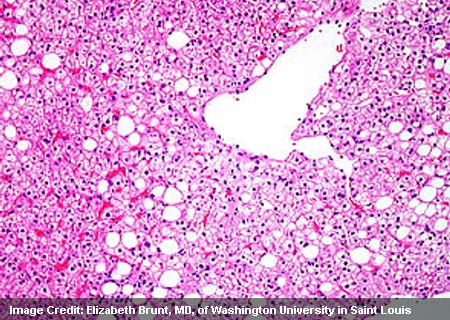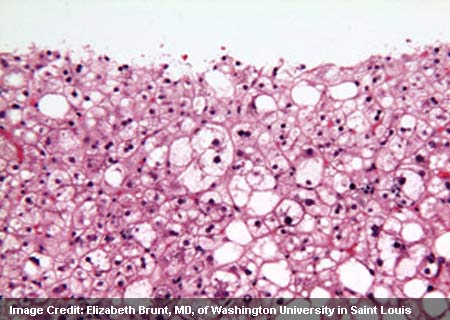It’s almost clear that modest alcohol intake does no harm, but does it do more good? Scientists from the UC San Diego Health System have disclosed that 1 to 2 helpings of alcohol each day could halve the risk of developing hepatitis for people suffering from nonalcoholic fatty liver disease (NAFLD). The news here is that the same effect was not apparent in non-drinkers having the same disease.
After analyzing nearly 600 liver biopsies, the investigators found that people consuming alcohol at moderate levels seemed to reduce their risks of progressing to hepatitis by half. The reason why this protective influence did not come forth in non-drinkers is not clear.
“We know a 50-year-old patient with NAFLD has a higher risk of CVD. Data would suggest modest alcohol consumption would be beneficial (in reducing the patient’s CVD risk) if you don’t take liver disease into account. When you do take liver disease into account, however, the usual medical recommendation is no alcohol whatsoever,†commented Jeffrey Schwimmer, MD, associate professor of clinical pediatrics at UC San Diego, director of the Fatty Liver Clinic at Rady Children’s Hospital-San Diego and senior author.
Alcohol is known to increase the levels of good cholesterol in the blood, which plays a primary role in NAFLD. Another factor could be insulin reactivity which is generally stimulated by alcohol consumption. However, the kind of hard drink consumed is crucial to determine its anti-inflammatory effects.
Notably, for patients with viral hepatitis or cirrhosis, even small servings of alcohol are restricted. But the same is not true for all forms of liver disease, the team speculated. Moreover, the overall health status, the type of alcohol and the stage of the disease are some critical factors defining the outcome for patients.
The analysis is published in The Journal of Hepatology.


